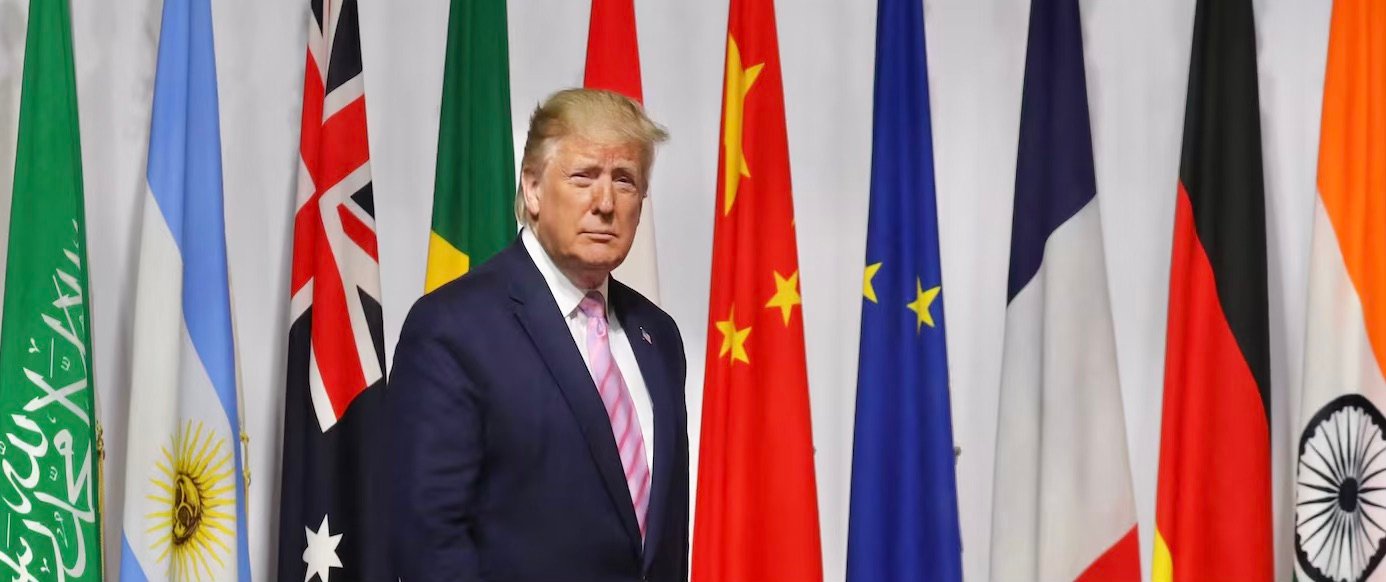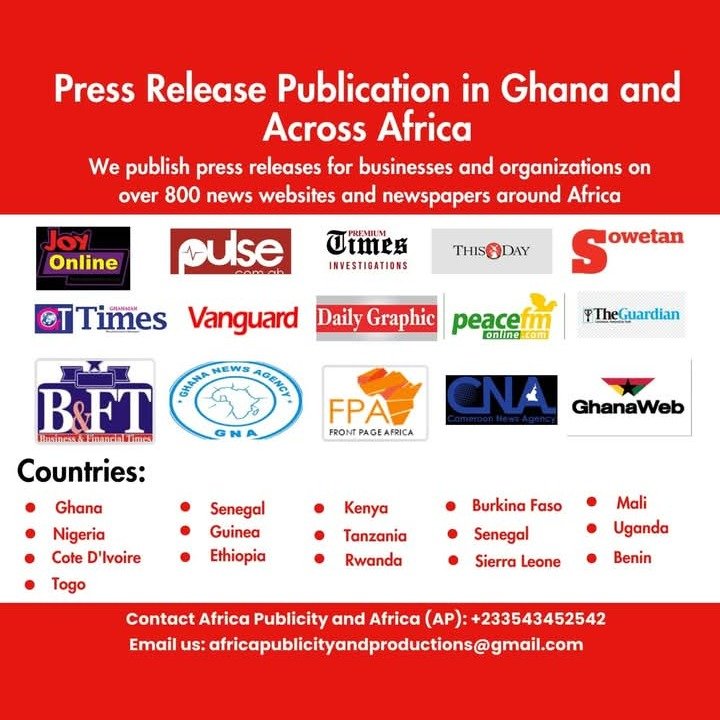The fashion industry is bracing for a seismic shift as President Trump’s tariff threats loom large over global sourcing maps. Manufacturers in Asia, Europe, Latin America, and Africa are on high alert, anticipating a radical overhaul of trade flows as US brands scramble to adjust their supply chains and implement contingency plans.
At the heart of the issue are Trump’s proposed tariffs, which could see duties on imported goods skyrocket. The move is designed to support US manufacturing, but it’s likely to have far-reaching consequences for the fashion industry, which relies heavily on global supply chains. Brands are already exploring alternative sourcing options, from diversifying their supplier base to investing in domestic production.
The impact of Trump’s tariffs will be felt across the globe, with countries like China, India, and Mexico likely to be hardest hit. Chinese exporters, in particular, have already begun to diversify their markets, reducing their reliance on the US. However, with China still the world’s largest exporter, achieving a total exports value of USD3.4 trillion in 2023, the tariffs are likely to have a significant impact ².
In the US, brands are busy developing complex contingency plans to mitigate the effects of the tariffs. This could involve shifting production to countries with more favorable trade agreements or investing in automation and technology to improve domestic manufacturing efficiency. However, with the tariffs likely to lead to higher production costs, brands may be forced to pass these costs on to consumers, potentially impacting demand and sales.
The tariffs also pose a significant challenge for international e-commerce platforms, particularly those based in countries targeted by the tariffs. Chinese companies like Shein and Temu, which rely on trade exemptions and lean supply chains to offer competitive pricing in the US, may see their advantages diminish. This could lead to a reduction in their presence in the US market or even a complete withdrawal.
As the fashion industry navigates this uncertain landscape, one thing is clear: Trump’s tariff threats have the potential to redraw the global sourcing map. With brands and manufacturers scrambling to adapt, the coming months will be crucial in determining the long-term impact of these tariffs on the fashion industry.
In the short term, the tariffs are likely to lead to higher prices for consumers, as brands pass on the increased costs of production. However, in the longer term, the tariffs could have a profound impact on the fashion industry’s global supply chain, leading to a more diversified and resilient network of manufacturers and suppliers.
As the situation continues to unfold, one thing is certain: the fashion industry will be watching with bated breath as Trump’s tariff threats take shape. With the potential to radically shift trade flows and redraw the global sourcing map, the stakes are high, and the consequences will be far-reaching.
The fashion industry’s response to the tariffs will be crucial in determining the long-term impact on the global supply chain. As brands and manufacturers adapt to the new reality, they will be forced to rethink their sourcing strategies and invest in new technologies and processes.
In the end, Trump’s tariff threats have the potential to be a game-changer for the fashion industry, forcing brands and manufacturers to rethink their global supply chains and invest in new technologies and processes. As the industry navigates this uncertain landscape, one thing is clear: the fashion industry will never be the same again.
Source: Africa Publicity








